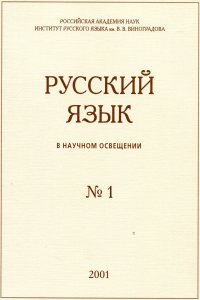Cheap popular reprints of newspaper texts (lubok): addressing orthographic consistency of lubok
Abstract:
The article deals with reprints of newspaper texts of the second half of the 18th century on engraved plates for the commonfolk (cheap popular print). Newspaper popular print is interesting because it allows us to compare two versions of Russian orthography — the standard, which newspapers follow, and the popular, presented in cheap popular print. Such comparison allows to makes it possible to determine the positions in which cheap popular orthography differs from standard orthography of publications. Among the features of cheap popular orthography one can note the presence of Church Slavonic letters, supralinear letters and accent marks in the texts, although the original newspaper certainly does not have them. In the cheap popular reprints of newspapers, punctuation marks are omitted; upper-case letters are replaced with lower-case ones. Also, there is a tendency to replace “ѣ” with “e”, “i” with “и”; a number of cheap popular sheets lack the letter “й”, etc. The material makes it possible to speak of a certain degree of unity of popular orthography. It turns out that the adaptation of the newspaper text for cheap popular publications complies with the same principles, according to which Church Slavonic Bible texts were adapted in cheap popular print. That is, cheap popular orthography can be seen as a unity, not as a chaotic set of features resulting from illiterate copying. The set of orthography peculiarities, which we observe in cheap popular adaptations of newspaper texts, is inherent not only in cheap popular print but also in other types of popular writing (peasant letters, manuscript collections, etc.).


